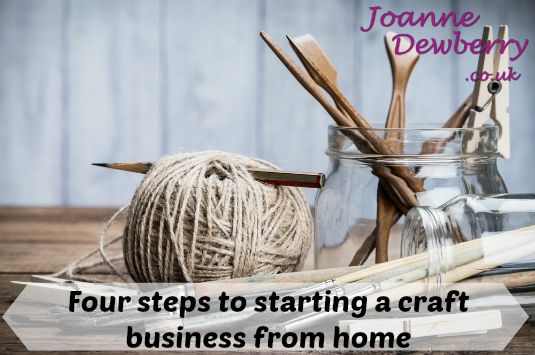Before the rise of craft beer, craft bread and now craft coffee, we Brits were very much known for our general creativity and entrepreneurial spirit. We’ve all seen that Google advert for Cambridge Satchels, which taps into the internet’s ability to take kitchen table enterprises to a huge market. Perhaps you’re a nifty knitter, jewellery maker or fabulous fashion designer and would like to get in on the act?
According to the Crafts Council, there are 11,620 business involved in craft industries, accounting for 0.2 per cent of the UK population. Over 50 per cent of these businesses are unregistered micro businesses – largely small independent crafters operating below the VAT/PAYE threshold. With the likes of Etsy and Folksy making the traditional craft fair a 24/hour surf and click option, it’s perhaps easier than ever before to sell craft wares. So, what can you do to give your craft business a good chance of success?
Find your market
There are an abundance of craft sellers offering their ware for sale online and offline and as with any business, while your purpose behind setting up on your own may be to do something you enjoy, you also need to ensure you are producing something for which there is a demand.
This means being confident there is or could be a market for your product, ensuring your offering stands out in some way and finding the right way to sell to your target customer.
Sites like Esty and Folksy are great for those starting out and finding their feet because they offer a lot of seller support and are a good ground to gain customer feedback to help you shape your business. However, these seller sites do also take a good chunk of fees on sales. Once established, you may find that you would prefer to sell from your own website using a platform such as Shopify.
Build your brand
Attending relevant events and fairs in the real world can help establish your brand with your audience, which can, in turn, be supported by online activities such as social media marketing. When you meet people face to face use the opportunity to gain or give information that can lead to future engagement – advertise your social media account handles on stalls and ask potential customers to sign up for your newsletter. Twitter, Pinterest, Facebook and Instagram in particular can all be useful platforms for craft businesses. Depending on your niche, you’ll find a flourishing craft community across all of these social media networks, ready for you to engage.
This guide gives a good overview of how to find your audience, once you have them in your sights you’ll likely want to use a social media content plan to help grow your business – combining a mix of offers, competitions and behind-the-scenes snippets of your business to help spread the word.
Be finance savvy
Costing items is crucial – along with materials you’ll need to take into account the cost of your labour time, any costs associated with selling such as site fees or web hosting fees and factor in taxes too. You should decide whether you will operate as a sole trader or limited company and spend time familiarising yourself with the self assessment process. Be mindful that EU VAT rules recently changed, impacting on the way craft businesses that sell online pay VAT.
Build your headquarters
Depending on your product, you may find that you need to comply with certain European production laws, for example if you are producing food goods or cosmetics. If you’re operating as a sole trader without any employees and without customers entering your premises you will escape a lot of red tape but will still want to prioritise comfort and safety. Many craft workers find they are able to set up suitable workshops in their garages or sheds, though you’ll probably enjoy more light (and warmth) if you work indoors. If you can’t claim a whole room, consider separating off your own workspace with doors that allow light in – like these bi-fold options – they helpfully keep you separate from distractions and lower your work’s impact on others in the home.
If you were to set up a business from home, what would it be? Would you make your own products or act as a reseller? Do you already run a successful crafts business and have tips to share with those considering to make a move into the world of online craft selling?
This guest post complies with my Disclosure Policy
Contains an affiliate link. Photo Credit | ShutterStock
Found this useful wondering how you can show me your appreciation? Well, there are some ways you can say thanks and support my website: ➡

Nice Tips! You can also join community fairs or handicraft exhibitions around your area. These are also good ways to advertise your products. You can also link up with a local franchise to sell your products.
Neil recently posted..Cute Status For Whatsapp